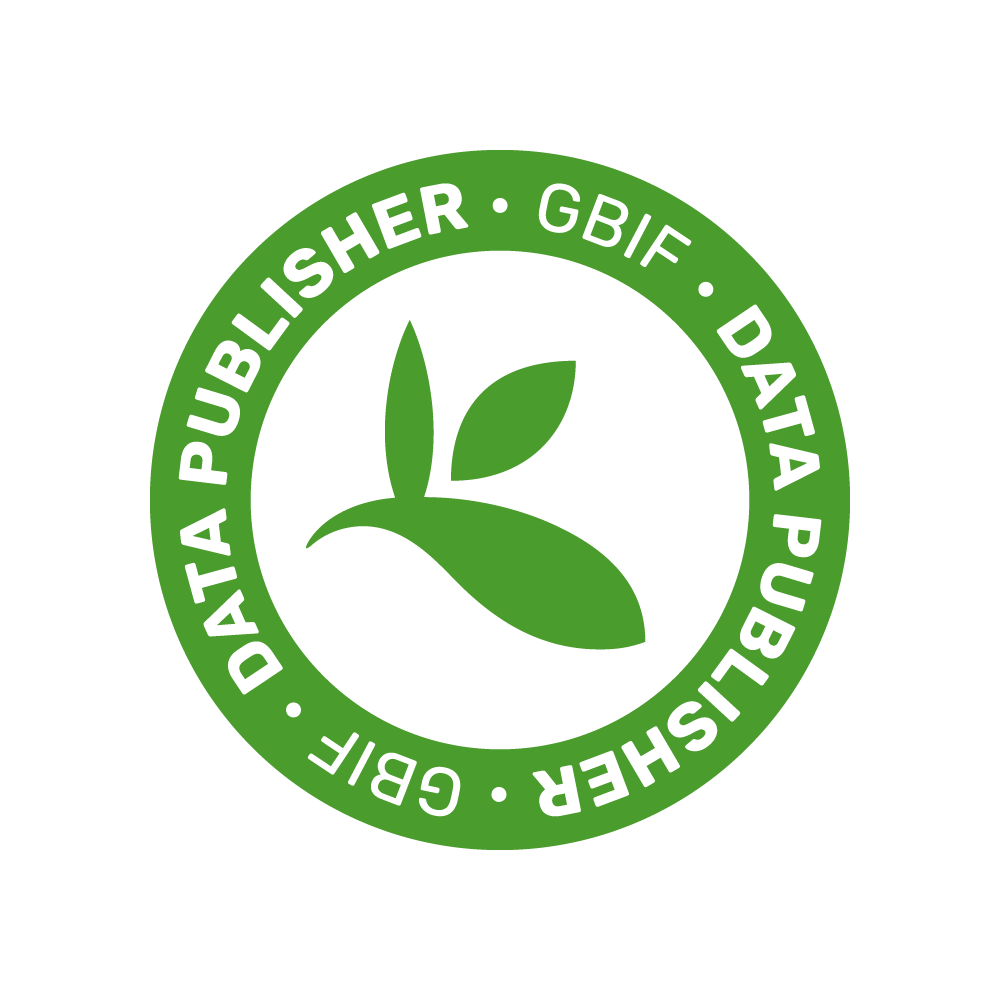|
Description
|
NO is a gaseous signalling molecule with fundamental physiological roles in animals and plants. In plants, NO participates broadly in several developmental processes and in biotic and abiotic stress responses. Despite its importance, the questions of where and how NO is synthesized, how it is redistributed across plant cells or tissues, and even how it is perceived remain largely unanswered. Current techniques for measuring NO are inaccurate, complex, expensive and/or time-consuming and often destructive, meaning that the temporal and spatial resolution (especially at a subcellular level) is hampered. In the last decade, genetically encoded fluorescent sensors have opened a new frontier of detection methods in living organisms. They allow for imaging metabolites in living organisms with subcellular resolution, in near real-time, and without the addition of dyes or the destruction of tissues. Recently, prototypes of NO sensors have been created, but they are not ratiometric, meaning that their response is prone to artifacts, especially in vivo. In this project, we aim to engineer NO sensors by making them ratiometric. Sensors will then be expressed in plants to address several biological questions on NO signalling that are still unanswered, such as the subcellular site of NO production under various stresses, and the distribution of NO signals along the plant. We believe that a ratiometric NO sensor will be extremely useful to a broad research community, from plant science (enhancement of stress tolerance) to biomedicine, due to the role of NO in many physiopathological conditions |




